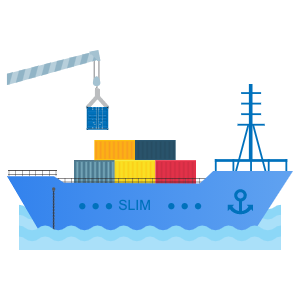Technology
Storage-based Consensus Paradigm
Using the blockchain as a storage layer, which contains the inputs and outputs of a program
- Trusted computation based on the definiteness of storage
- Low cost that only incurred by storage
- Super scalable off-chain computation
- No restrictions on development languages
Codes, inputs and outputs all on the blockchain. Anyone can download the code from the blockchain and run the program off-chain. Thanks to the traceability and immutability of the blockchain, the inputs and outputs of off-chain programs are the same as those of its on-chain counterpart. Meaning it’s a trusted computation by multiple parties.
Permanent storage and fixed low cost are the keys to storage-based Consensus.
Learn moreTrusted off-chain computation
Certain storage determines that the computation can be trusted
Anyone can download the source code from the blockchain and run the program off-chain. Due to the traceability and immutability of the blockchain, the inputs and outputs of the off-chain program are the same as those of its on-chain counterpart all the time.
Storage-based consensus achieves trustless purpose by verifiable applications.

Low transaction fee
Consensus cost equals to storage cost
Generally speaking, computation and storage is achieved for the consensus on every node of the blockchain covered by all miners in the network but paid as network fees by the end users.
When we use the storage consensus paradigm, it’ll only cost 1 dollar to process up to a million transactions.

High scalability and sharding
Every single application can support over 10k tps
Off-chain computation delivers superior performances similar to traditional applications because the off-chain servers can process massive transactions.
In this way, the TPS merely depends on the machine performance of servers and the technical architecture of applications.

No restrictions on development languages
Only need to upload the source code for the application and the serialization of all the inputs to the blockchain in advance
Smart contracts are required to be written in Solidity using an EVM, while off-chain computation programs can be written in any programming language. That Makes it so developers can convert traditional applications into blockchain applications.

Call To Action
Lower the development barrier and enhance the user experience of Dapps using storage-based consensus paradigm
Contact
Contact us
 everFinance
everFinance






